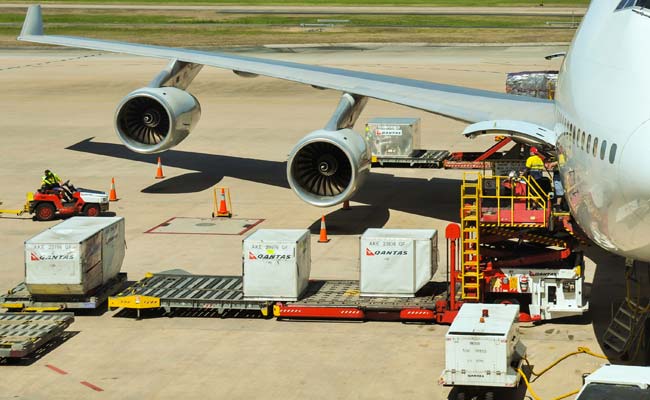
Government to develop new cargo terminals at 24 airports
The Dollar Business Bureau  The government has identified 24 airports across the country for the development of cargo terminals. Airports located in tier-2 and tier-3 cities have been identified where common user domestic cargo terminal (CUDCT) will be established after checking feasibility, Mahesh Sharma, Minister of State, Civil Aviation, said in Lok Sabha. The facilities will be developed after carrying out feasibility study and minor modifications in the old/redundant passenger terminal buildings, he said. The Airports Authority of India (AAI) has decided to utilise redundant passenger buildings with minor modifications such as civil or electrical works or by creating a new facility for international cargo operations. The AAI has already established common user domestic air cargo terminals at Coimbatore, Jaipur and Lucknow airports. According to a study, the air cargo sector is expected to see significant growth due to increased trade activity, especially along the Asia-Pacific region. The international air cargo traffic is expected to grow at an average rate of 4.7% per year over the next two decades. The report said that increased trade activity, especially of physical goods with the Asia-Pacific region and the relocation of trade epicenters to China, Southeast Asia and Africa is bound to open up new opportunities for the air cargo market in India in the next five years. “The market is set to expand predominantly owing to the growth in retail sector, pharmaceutical shipments, growth in e-commerce and poor infrastructure of the port sector,” the study said. To prevent air mishaps and accidents at airports, the government has taken slew of measures. Issuing regular air safety circulars based on the analysis of data related to past accidents and carrying out audit of operators are part of such measures. The government appoints various committees of inquiry as per the provisions of Aircraft (Investigation of Accidents and Incidents) Rules, 2012 to investigate aircraft accidents on case to case basis. Besides, the government also carries out inspection of various operators, regulatory audit, spot checks on the operations and maintenance activities of operators. Air safety measures also include checking of special precautions in poor weather conditions, constant monitoring of flight data recorders and installation of alarm systems.
The government has identified 24 airports across the country for the development of cargo terminals. Airports located in tier-2 and tier-3 cities have been identified where common user domestic cargo terminal (CUDCT) will be established after checking feasibility, Mahesh Sharma, Minister of State, Civil Aviation, said in Lok Sabha. The facilities will be developed after carrying out feasibility study and minor modifications in the old/redundant passenger terminal buildings, he said. The Airports Authority of India (AAI) has decided to utilise redundant passenger buildings with minor modifications such as civil or electrical works or by creating a new facility for international cargo operations. The AAI has already established common user domestic air cargo terminals at Coimbatore, Jaipur and Lucknow airports. According to a study, the air cargo sector is expected to see significant growth due to increased trade activity, especially along the Asia-Pacific region. The international air cargo traffic is expected to grow at an average rate of 4.7% per year over the next two decades. The report said that increased trade activity, especially of physical goods with the Asia-Pacific region and the relocation of trade epicenters to China, Southeast Asia and Africa is bound to open up new opportunities for the air cargo market in India in the next five years. “The market is set to expand predominantly owing to the growth in retail sector, pharmaceutical shipments, growth in e-commerce and poor infrastructure of the port sector,” the study said. To prevent air mishaps and accidents at airports, the government has taken slew of measures. Issuing regular air safety circulars based on the analysis of data related to past accidents and carrying out audit of operators are part of such measures. The government appoints various committees of inquiry as per the provisions of Aircraft (Investigation of Accidents and Incidents) Rules, 2012 to investigate aircraft accidents on case to case basis. Besides, the government also carries out inspection of various operators, regulatory audit, spot checks on the operations and maintenance activities of operators. Air safety measures also include checking of special precautions in poor weather conditions, constant monitoring of flight data recorders and installation of alarm systems.
This article was published on April 28, 2015 – 4:21 pm IST.





 to success.
to success.